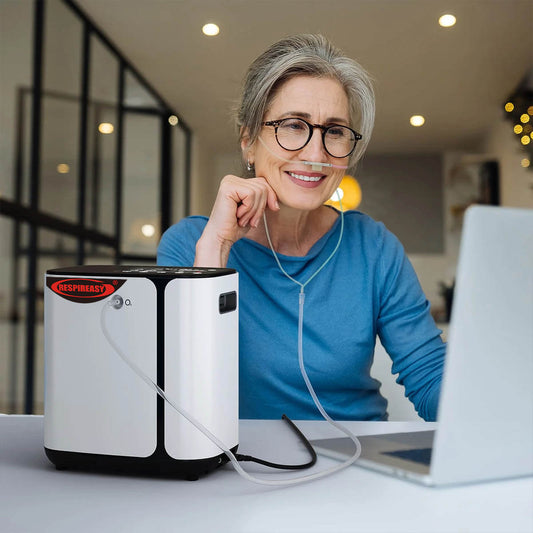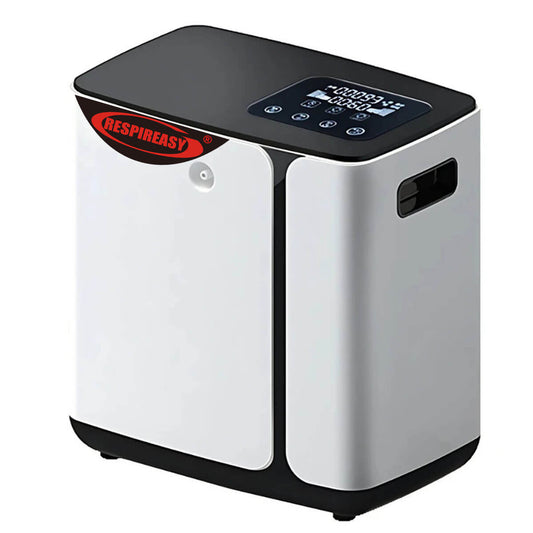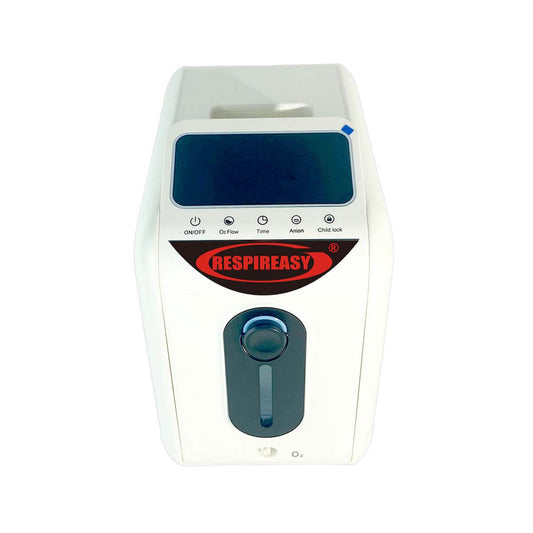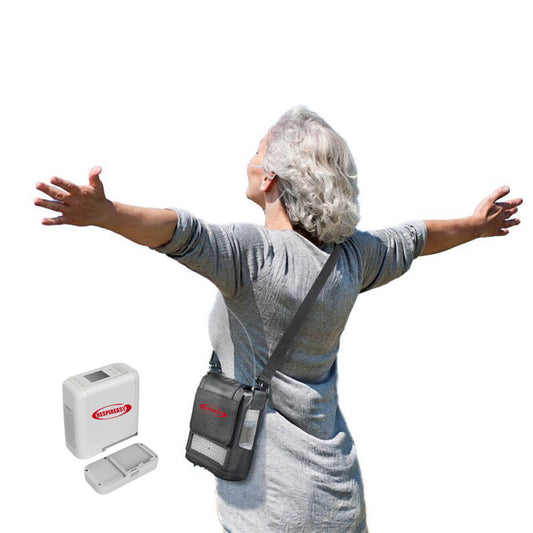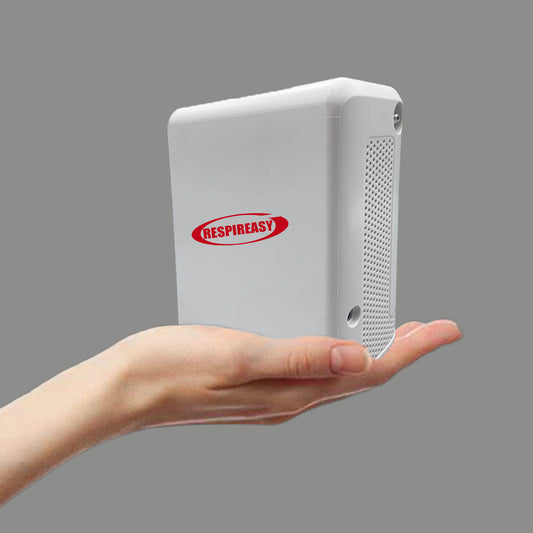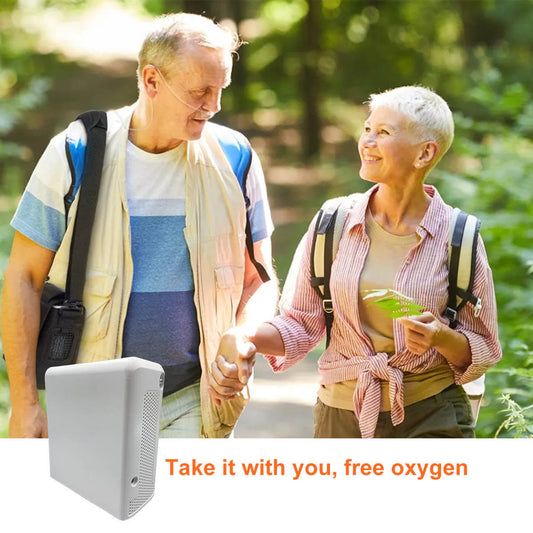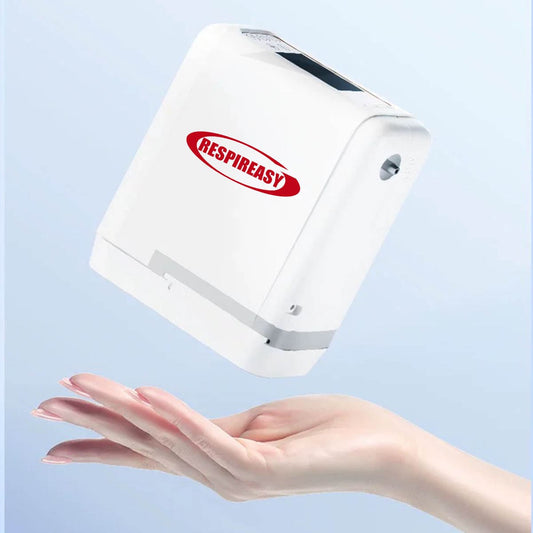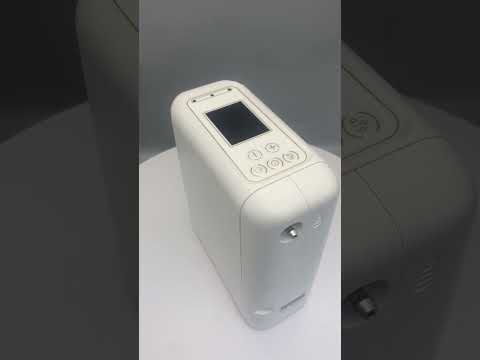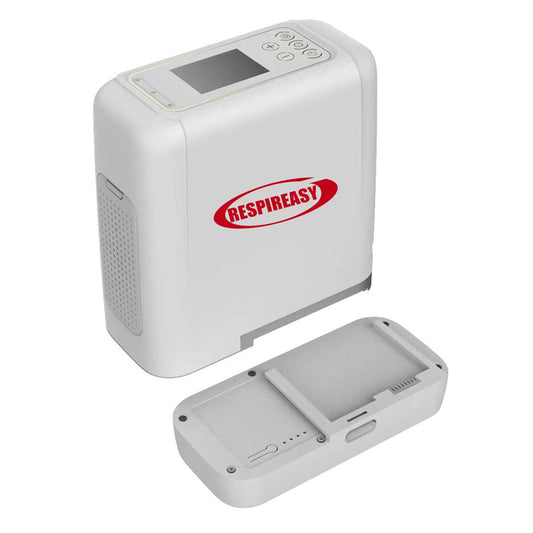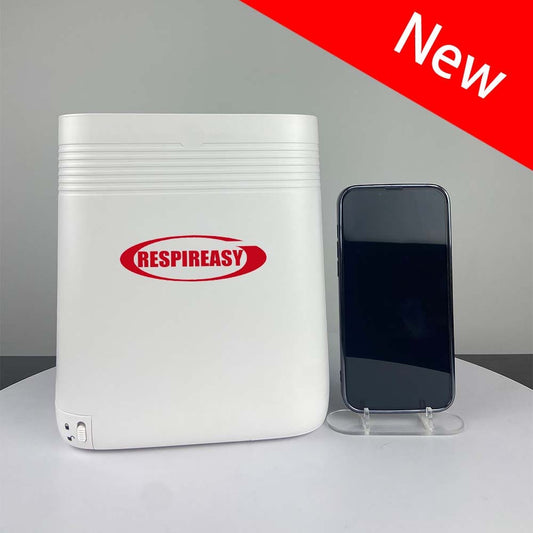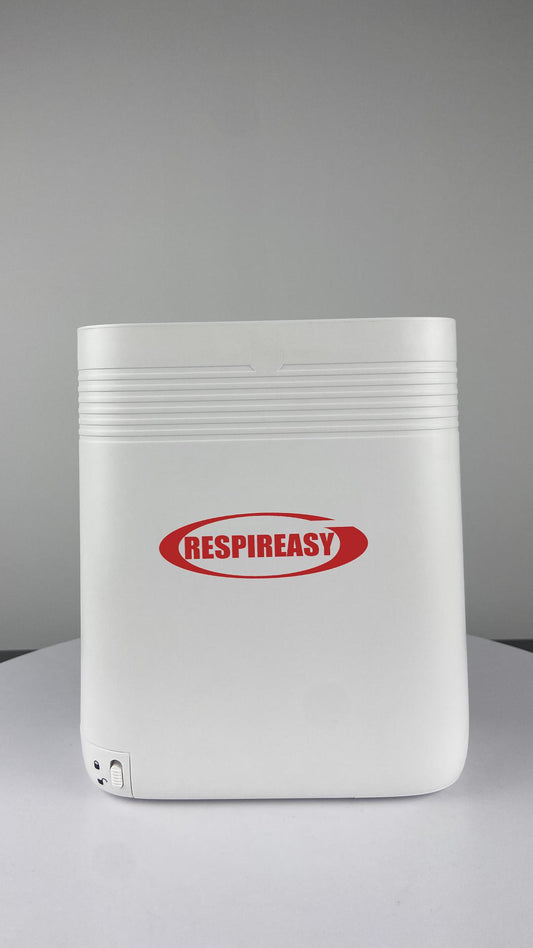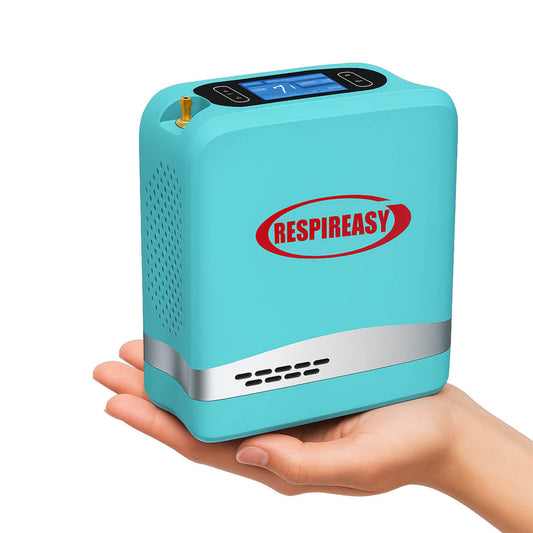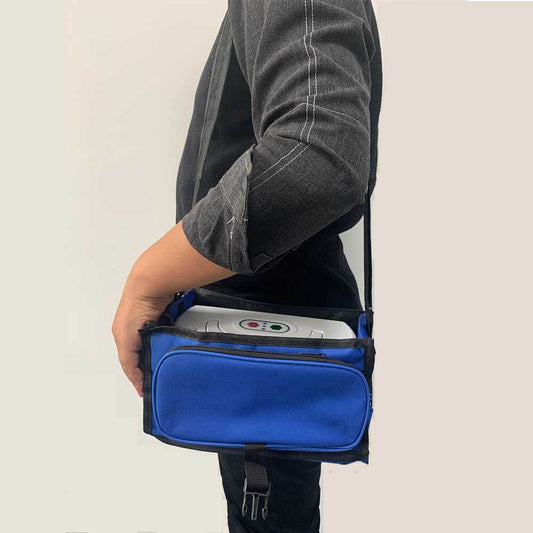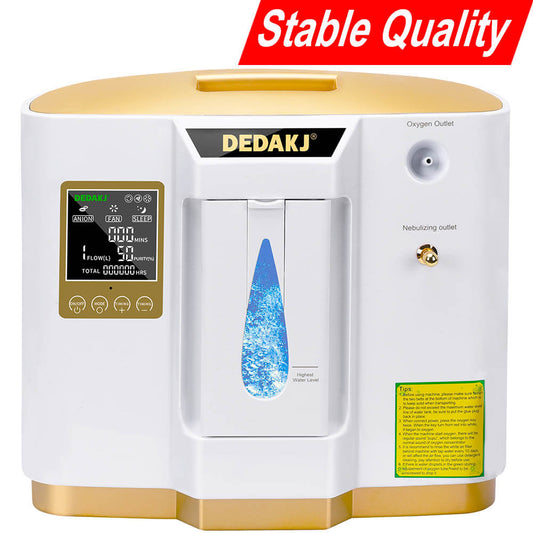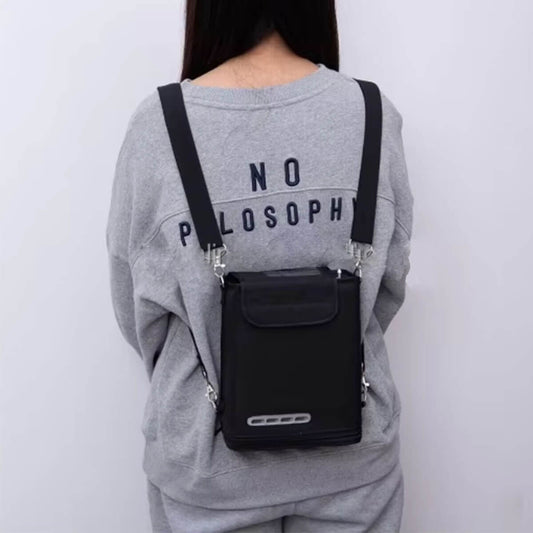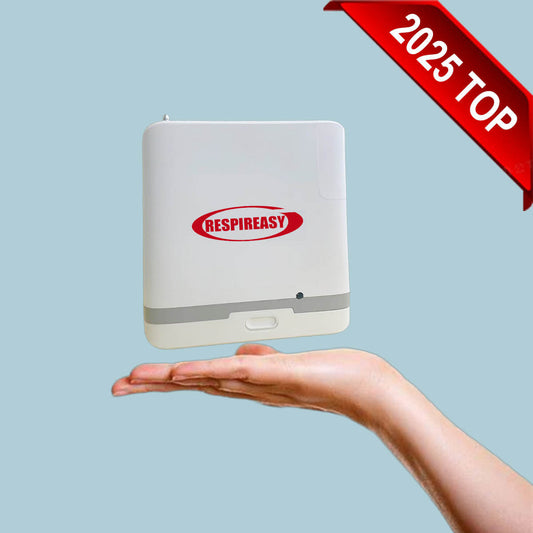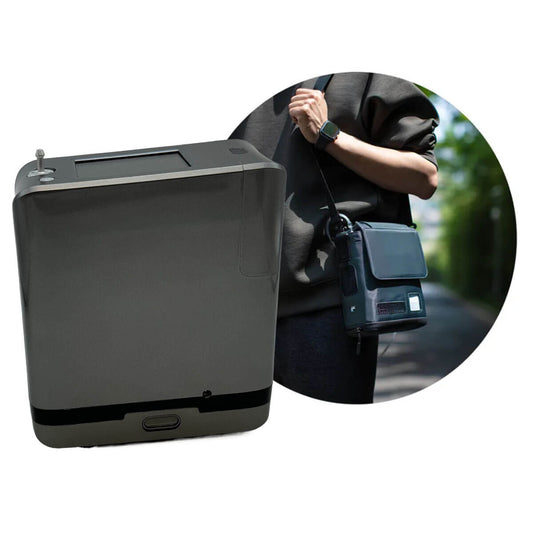The Difference Between Medical Oxygen Concentrator And Household Oxygen Concentrator

Oxygen concentrators usually use the oxygen content in the air to inhale gases in the air into the machine. They use the molecular sieve of the oxygen concentrator to perform physical oxygen separation. They can output higher concentrations of oxygen. They are divided into two types: household and medical. type. The difference between household and medical oxygen concentrators mainly lies in the type of equipment, oxygen concentration, and user groups.
Features of household oxygen concentrator
The household oxygen concentrator is easy to use, light to move, has low power consumption, low noise, low pressure, fast oxygen production, and small gas production; it is suitable for use by the elderly, children, pregnant women and other groups, and is suitable for 1-2 people. Home oxygen concentrators are also sufficient for the treatment of general patients. For example, patients with pulmonary heart disease, respiratory diseases, etc. need the oxygen concentration of the oxygen concentrator to be above 60%; for oxygen therapy and health care, the oxygen concentration only needs to be above 40%.
Since the oxygen from the household oxygen concentrator is not very dry, there is no need to use it with a humidification bottle. A characteristic of household oxygen concentrators is that the oxygen concentration may be unstable. The oxygen concentration may be 30% or 90% under different oxygen flow rates.
Features of medical oxygen concentrator
Medical oxygen concentrators are generally large in size, require a separate machine room, and have fire separation requirements from the living area.
The sale of medical oxygen concentrators requires a medical device approval document approved by the State Food and Drug Administration. Generally, the oxygen concentration of the product must reach more than 90%. It is mainly used in hospitals and other medical institutions. It can be used for first aid to patients and can also be used in Plateau environment to solve the problem of hypoxia. Medical oxygen concentrators have high oxygen content. The oxygen coming out of the terminal will become very dry after a series of filtrations, and a humidification bottle is required for human use.
Application scope of household oxygen concentrator and medical oxygen concentrator
Home oxygen concentrators are mainly suitable for use by patients with chronic hypoxia, such as chronic obstructive pulmonary disease, interstitial pneumonia, pulmonary fibrosis, sequelae of tuberculosis, etc. who require long-term oxygen therapy at home.
Due to the relatively high oxygen concentration, medical oxygen concentrators are mainly used for centralized oxygen supply in hospitals to meet the needs of multiple people at the same time; they are suitable for first aid, operating rooms, oxygen therapy rooms, etc., especially for patients with severe hypoxia.
In general:
- Different types of devices: Household oxygen concentrators are not medical devices and usually do not require a license issued by the State Food and Drug Administration for medical devices. Medical oxygen concentrators are medical devices and usually require testing, approval and issuance of a medical device license by the State Food and Drug Administration;
- Different oxygen production concentrations: Medical oxygen concentrators can produce oxygen continuously , and usually require the oxygen concentration to be ≥90% under any circumstances. The oxygen concentration output by a household oxygen concentrator can continuously produce oxygen. Although it is higher than the oxygen concentration in the air, it is unstable. Usually the oxygen concentration is 30 % -90 %;
- Different patients: Due to the relatively high oxygen concentration, medical oxygen concentrators are especially suitable for use in patients with severe hypoxia in situations where there is no oxygen source. Home oxygen concentrators are mainly suitable for use by patients with chronic hypoxia receiving long-term oxygen therapy at home;
- Different usage methods: Since the oxygen content of medical oxygen concentrators is high, the air changes significantly and is relatively dry, so a humidification bottle is needed at the oxygen outlet. Household oxygen concentrators change the air composition less and generally do not require a humidification bottle.
Receiving oxygen therapy usually requires corresponding indications. It is mainly aimed at patients with chronic obstructive pulmonary disease and chronic hypoxia. Treatment with a home oxygen concentrator can alleviate target organ damage caused by chronic hypoxia. For other cardiovascular and cerebrovascular diseases, patients with chronic hypoxia are also suitable for receiving home oxygen therapy at home. But if the patient is not hypoxic, there is no need to receive oxygen therapy.

DEDAKJ Oxygen Concentrator
Established in 1953, with ISO, CE, RoHS and PSE certifications, with medical oxygen concentrators and home oxygen breathing machines as the core, DEDAKJ is the top-rated oxygen concentrator supplier,offers the mini &small oxygen concentrator, household portable oxygen making machine, the medical grade 10 liter oxygen concentrator for hospital oxygen therapy &clinics oxigenoterapia. More The DEDAKJ Oxygen Concentrator store website offers the DEDAKJ original oxygen accessory oxygen parts & components. All DEDAKJ oxygen machine oxygen concentrators concentrador de oxigeno and original oxygen accessories parts can be bought here.
Buy online the best quality portable oxygen concentrator in DEDAKJ oxygen concentrator store.
Buy DEDAKJ Oxygen Concentrator: https://dedakjoxygenconcentrators.com/





























